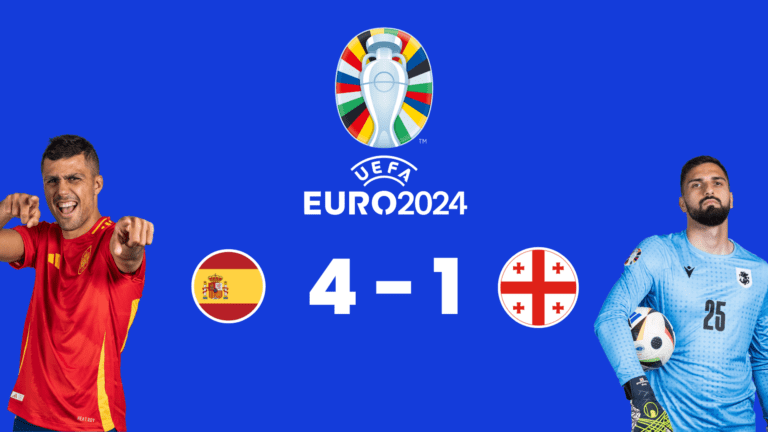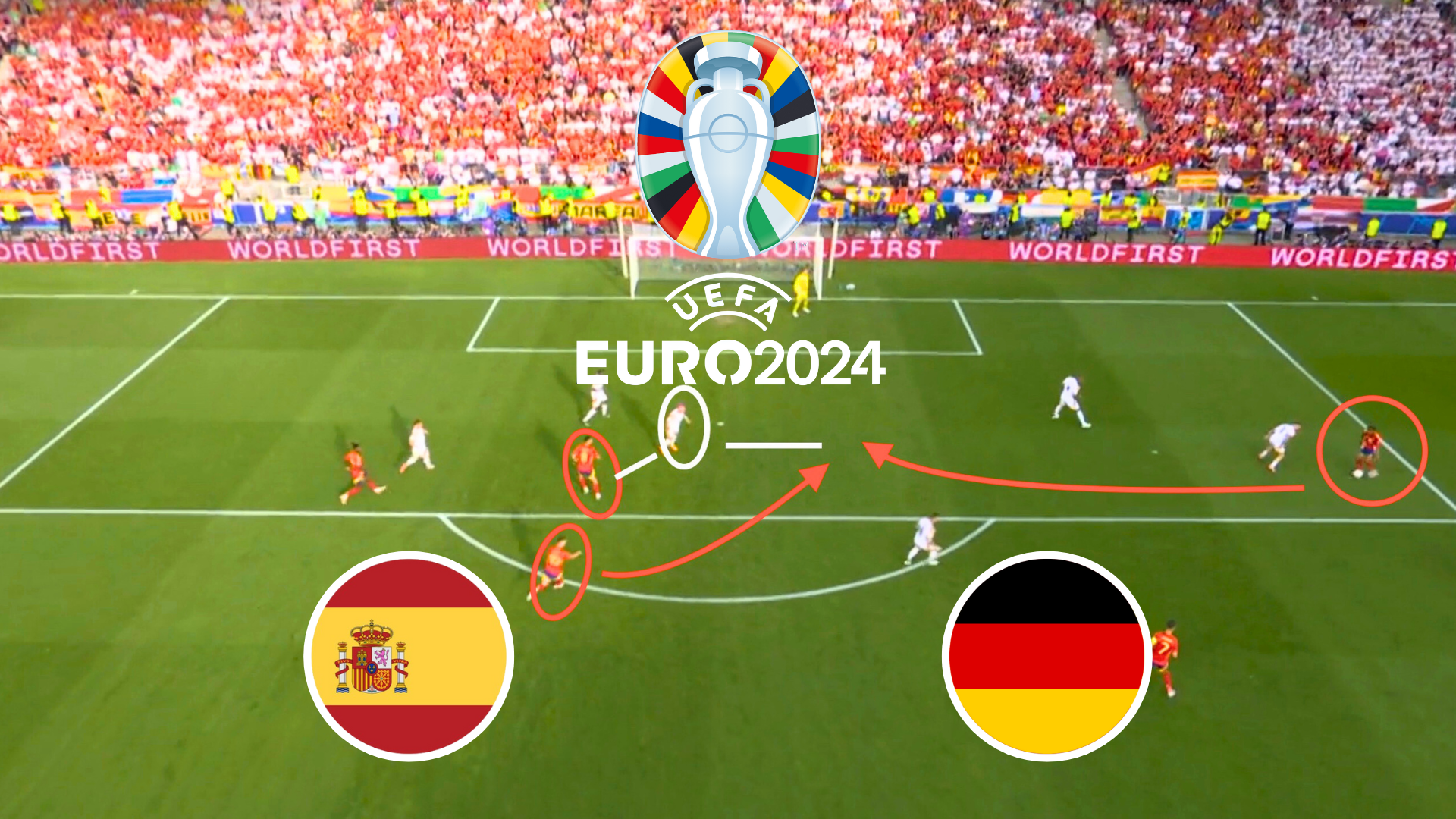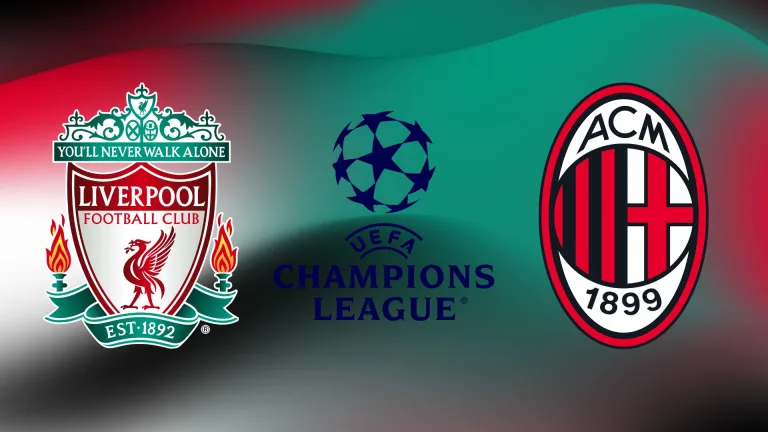Match Analysis: FCSB 4-0 Virtus – FCSB Advances in UEFA Champions League Qualifiers
FCSB decisively defeated Virtus 7-1 in the first leg, allowing the team to approach the return leg without concerns. Elias Charalambous effectively exploited the spaces left by Virtus’s defensive formation, dominating the game in terms of possession and shots on goal.
Starting Lineups
Given the first leg result, where FCSB decisively won 7-1, it was clear this match posed no risk for Elias Charalambous. As a result, he chose to field the second team and rest the starters.
In goal is Andrei Vlad, with the defensive line consisting of David Kiki, captain Vlad Chiricheș, Denis Haruț, and Valentin Crețu. Baba Alhassan and Malcom Edjouma are the two defensive pivots. Luis Phelipe and Marius Ștefănescu play as wingers, while Alexandru Băluță and David Miculescu take the number 10 and 9 positions.
Virtus shifts to a more defensive 4-5-1 formation, with the backline made up of Roberto Sabato, Michele Rinaldi, Umberto De Lucia, and Nicola Gori. The midfield includes Tommaso Lombardi, Ivan Buonocunto, Andrea Montanari, Elia Ciacci, and Luigi Rizzo, while captain Nicola Angeli plays as the lone forward.
FCSB Builds From the Back Line
In their build-up play, FCSB chose to build from the back with a line of three players in defensive positions, a strategy that has become very popular in this European championship edition. To maintain width on the field, David Kiki and Valentin Crețu moved up the flanks, staying close to the touchline, while Baba Alhassan dropped back in line with the two central defenders, Vlad Chiricheș and Denis Haruț, forming a back three.
FCSB circulated the ball and adopted a fluid positioning when necessary to create confusion and numerical superiority in the wide areas. I appreciated Charalambous’ tactical approach, encouraging his players to position themselves fluidly and create spaces. For example, at times, Luis Phelipe would move to the right wing to form triangles with Crețu and Ștefănescu, allowing one of them to attack the half-space and penetrate the box to cross.
Baba Alhassan played a crucial role in FCSB’s build-up, distributing the ball well and, importantly, dictating the team’s tempo. He knew when to slow the pace and when to quickly advance the play when spaces opened up for exploitation.
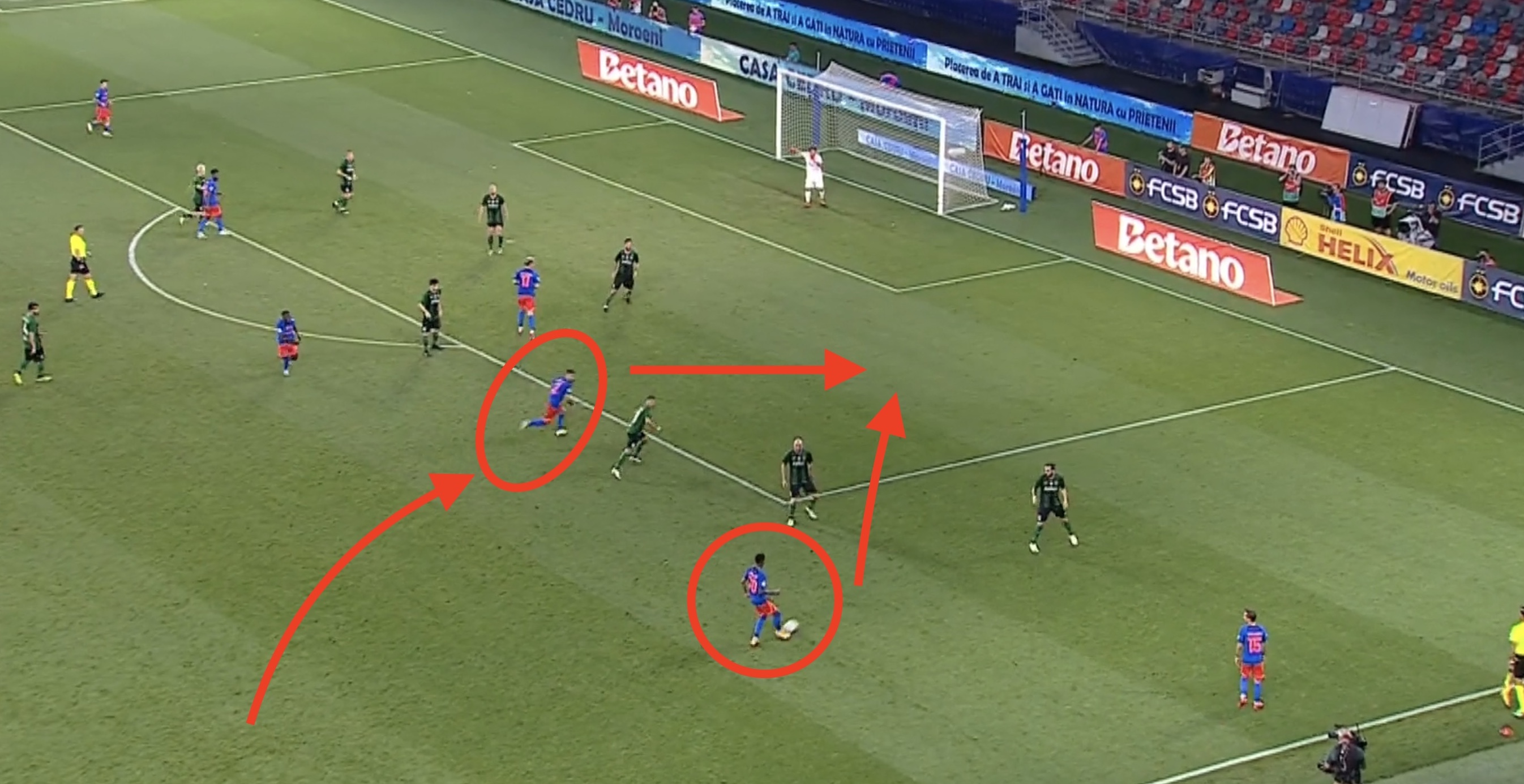
Virtus’ Defensive Formation Leaves Lateral Spaces
Virtus defended very compactly, maintaining their 4-5-1 formation with tightly packed lines, and did not press FCSB’s build-up play. They preferred to set up in two main lines starting from midfield, allowing FCSB to bring the ball into their half without much difficulty.
Virtus’s defensive shape was very compact in terms of width, covering the entire width of the 16-meter box, which left them very vulnerable to attacks from the flanks. Thus, either Crețu and Ștefănescu or Kiki and Luis Phelipe stayed close to the touchline to provide a lateral passing option when the center of the field was blocked. Many dangerous plays early in the match originated from the right flank, following a diagonal pass or a through ball to that side, followed by a cross or a penetration into the box.

FCSB’s Offensive Adaptability
In addition to effectively exploiting the wide spaces, Charalambous’ team excelled at playing between the lines. Alexandru Băluță was a key player in this regard, consistently positioning himself between the lines. If we look at the play leading to FCSB’s first goal in this match, it was made possible due to his positioning between the two defensive lines.
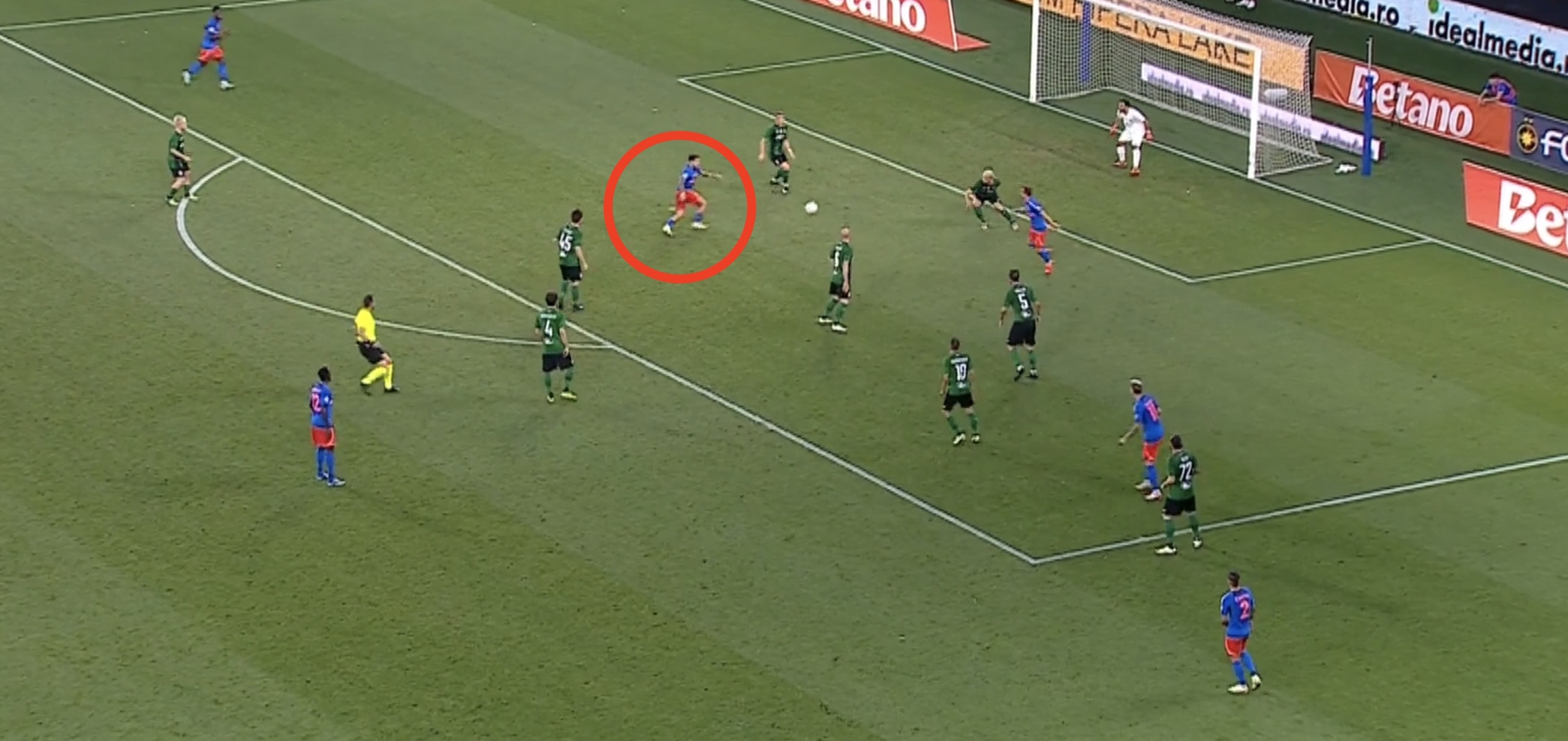
Given Alexandru Băluță’s stature, he wouldn’t have had much chance of winning a 1-on-1 duel against the defenders, but through his intelligent positioning, he managed to create space to send shots towards Alex Passanti’s goal. Since the defensive shape was compact and pushed back, deep through balls were not possible due to the lack of space behind the defense. Thus, playing between the lines was crucial in creating shooting opportunities.
Aggressive Pressing and Transitions
Another crucial aspect of Charalambous’ strategy was possession, with FCSB dominating this area with 71% possession. Pressing played an important role in maintaining possession, as FCSB aggressively contested the visitors’ possession.
When Virtus tried to build up play, FCSB employed a pressing strategy to force play towards the flanks and block passes to the center of the field. By pushing the opponents to the sidelines, FCSB could effectively close down those areas and regain the ball. During transitions, FCSB aimed to immediately regain possession whenever the ball reached the visitors, often doing so successfully.
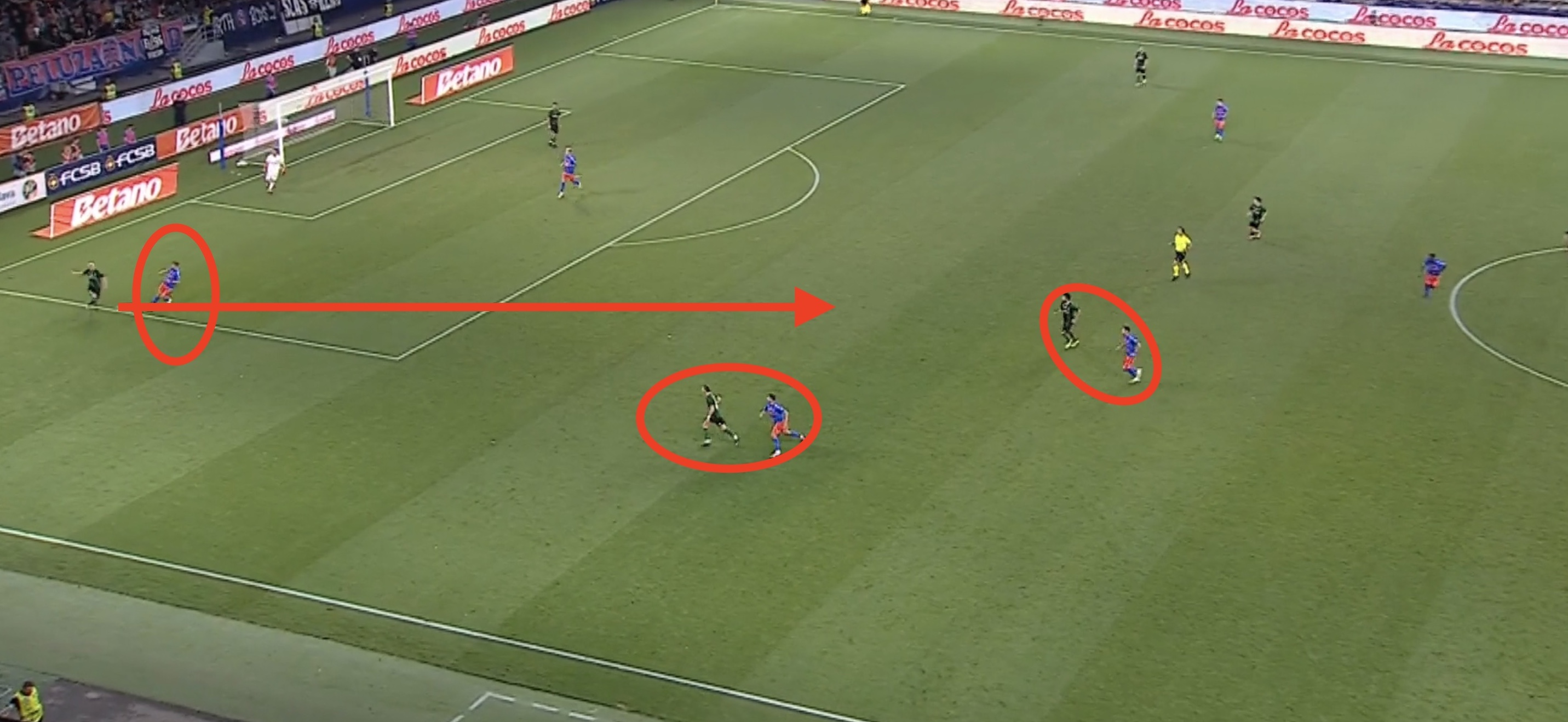
Conclusions
FCSB is set to face Maccabi Tel Aviv in the second round of UEFA Champions League qualifiers, following a decisive 11-1 aggregate victory over Virtus in the first round. Charalambous’ team effectively exploited the defensive shape of their opponents and adopted fluid positioning on the field, allowing them to create and capitalize on available spaces.

